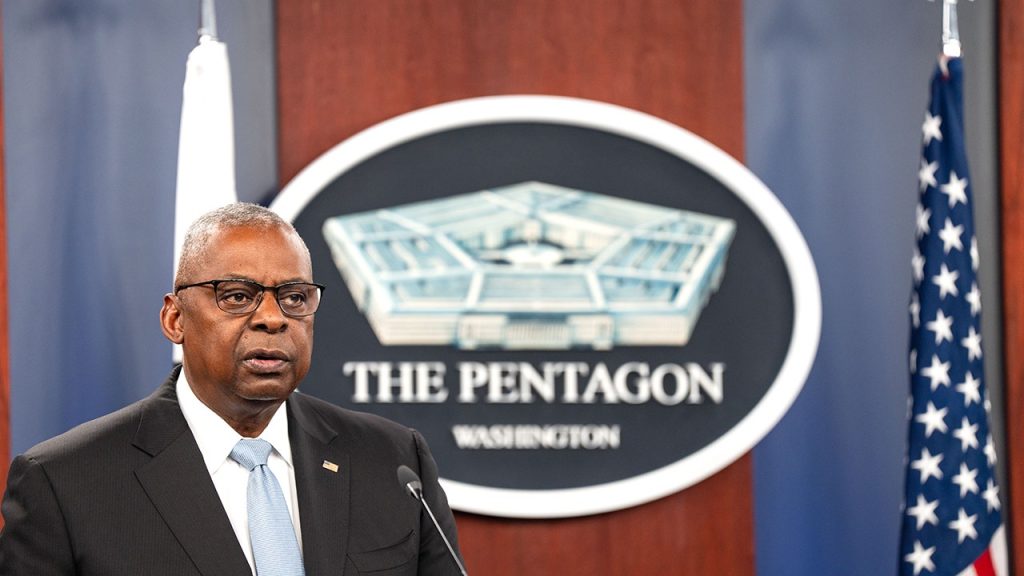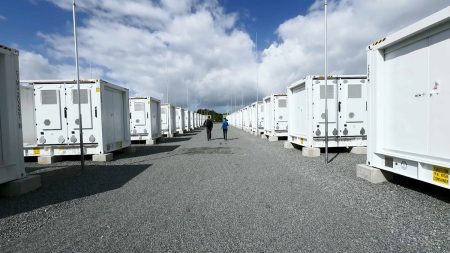Defense Secretary Lloyd Austin has ordered additional bomber aircraft and Navy warships to the Middle East amid escalating tensions in the region. This strategic move comes as Iran may be planning to retaliate following Israel’s recent strikes on its air defense systems. The Biden administration has been clear about its commitment to defending Israel and protecting American interests in the region. Israeli Prime Minister Netanyahu has emphasized the importance of preventing Iran from acquiring nuclear weapons, making it a top priority for his government.
The U.S. military is sending B-52 Stratofortress bomber aircraft, tanker aircraft, and Navy destroyers to the Middle East as potential deterrents against Iranian aggression. The deployment of long-range, nuclear-capable bombers has been a common show of strength by the U.S. in previous interactions with Iran. It is unclear at this time whether these resources will be stationed in Israel, Iran, or elsewhere in the region. The recent conflict between Israel and Hamas in Gaza, as well as engagements with Hezbollah in Lebanon, has heightened concerns about regional stability and security.
As Israeli Prime Minister Netanyahu reiterated his commitment to preventing Iran from obtaining nuclear weapons, the U.S. is taking steps to bolster its presence in the Middle East. The departure of the USS Abraham Lincoln back to its home port in San Diego could remove up to 5,000 sailors from the region, prompting the need for additional naval resources. While there are no immediate plans for an aircraft carrier replacement, Navy destroyers with ballistic missile defense systems may fill the gap in carrier presence. The USS Harry S. Truman and its supporting warships are expected to move to the Mediterranean Sea after completing NATO exercises in the North Sea.
The exact number of U.S. aircraft and ships being deployed to the Middle East has not been disclosed, but the overall troop count in the region may decrease with the departure of the USS Abraham Lincoln. In response to potential threats from Iran, additional Navy destroyers could be sourced from either the Indo-Pacific region or Europe. The U.S. currently maintains a Marine amphibious ready group and two destroyers in the Mediterranean, along with warships stationed in other areas such as the Gulf of Oman and the Red Sea. The U.S. military’s deployment of resources to the region signals its readiness to counter any potential threats to regional stability.
The decision to send additional bomber aircraft and Navy warships to the Middle East underscores the ongoing concerns about Iran’s nuclear ambitions and potential retaliation following recent events in the region. The Biden administration’s commitment to defending Israel and safeguarding American interests in the Middle East is reflected in these strategic moves. As tensions continue to simmer in the region, the deployment of U.S. military resources serves as a message of deterrence and readiness to respond to any potential threats. The U.S. remains vigilant in monitoring developments in the region and taking proactive steps to ensure regional security and stability.













